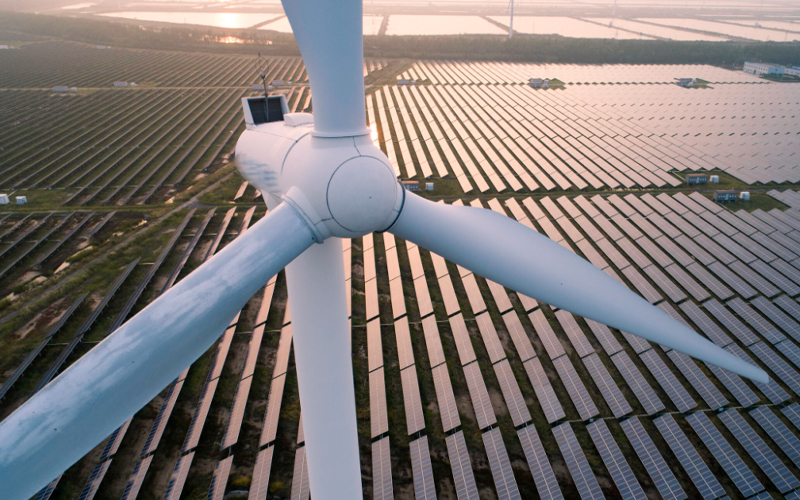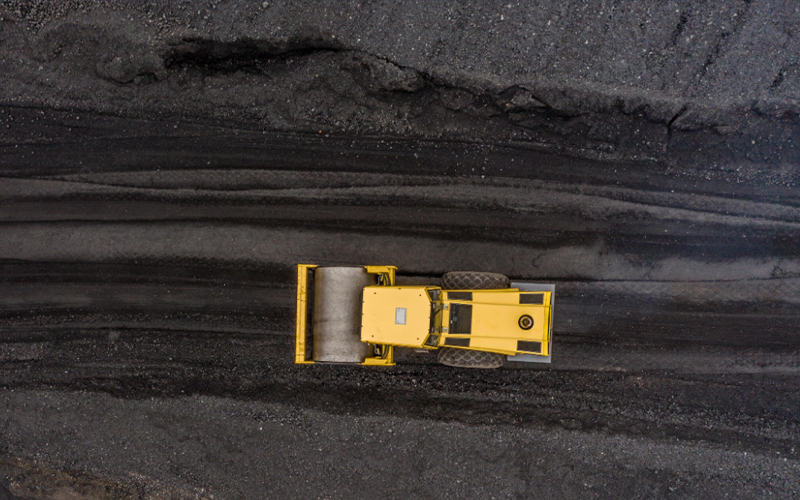Life without electricity, gas and water is unimaginable (as is life without a mobile phone and the internet. But, that’s a discussion for another day!). We have grown accustomed to them to the point where a brief interruption in power supply, a short stretch of dry taps, or the mere thought of non-availability of fuel for our vehicles, agitates us.
If we want to continue to enjoy these conveniences, it is time to think about the wider aspects of utilities: how they are produced, how they reach us, and what the consequences of indiscreet generation and consumption are.
Ramifications of indiscreet use of utilities sector
- Electricity, the most widespread utility, is generated using various sources: nuclear power, renewable resources (water, wind, solar), and fossil fuels (coal, oil, gas). Not all approaches are environmentally-friendly. Fossil fuel-generated electricity releases greenhouse gases which trap the Sun’s heat and raise the atmospheric temperature. Unfortunately, this form of electricity generation comprised a significant 63.3% of the world's electricity in 2019.
- Natural gas exploration and transportation harm the climate in multiple ways: it impacts vegetation as it requires clearing land, it contaminates water, and its combustion releases air pollutants.
- Climate change depletes natural resources and threatens the limited (only 0.5%) supply of usable and accessible freshwater.
Utility technology to our planet’s rescue
Climate change and dwindling natural resources have spurred utility companies worldwide to support a variety of sustainable ventures aimed at Net-Zero by 2050. Technology supports their aggressive decarbonization goals in the following ways:
Control greenhouse gas (GHG) emissions:
With artificial intelligence (AI), businesses can track GHG emissions throughout their supply chain, and analytical insights enable better emission control.
Renewable energy integration:
Utilities are promoting cleaner energy by integrating renewable energy sources like wind and solar power into their grids.
However, there is a challenge in such a grid — predicting capacity levels. Artificial Intelligence (AI), sensor technology, and real-time solar and wind generation data can help in increasing grid stability.
Energy storage:
Batteries and pumped hydro storage are two examples of energy storage technologies that can help utilities store extra energy produced from renewable sources. This is so they can use it later and reduce waste.
Energy conservation:
Smart meters allow customers and companies to track energy usage in real time and manage demand, which promotes energy savings.
In addition, smart grid technology helps utilities manage energy supply and demand with increased efficiency and thus enables a reduction in energy waste.
Energy efficiency programs:
Utilities can use AI and behavioural methodology to offer energy efficiency programs to customers, providing them with tools and solutions to reduce their energy consumption and carbon footprint, saving numerous hours' worth of energy.
Leak-proofing:
Water scarcity is a major concern. Water utilities can incorporate Internet of Things (IoT) solutions to optimise water distribution & allocation.
Acoustic leak detection sensors can detect leaks in the water system by monitoring sounds and pinpointing the location.
Environmental-friendly natural gas exploration:
Advanced exploration techniques help oil & gas exploration utilities achieve their decarbonization goals in various ways, including:
- Reduce explosives, decreasing exploration's impact on the environment.
- Easier identification of natural gas prospects with 3-D and 4-D seismic imaging. This optimises well placement and helps avoid needless land disturbance.
- An increased flow rate of natural gas and oil from underground formations with CO2-Sand fracturing technology. This prevents the deposit from being harmed, the formation of underground waste, and the exploitation of groundwater resources.
- Improved drilling efficiency with Slimhole drilling technology. As the name suggests, this technology drills slim holes that decrease environmental impact
Utility technology supporting people
Technology has transformed the way utilities serve their customers by providing a range of tools and solutions that enable them to deliver better services and increase customer satisfaction. Here are some examples:
Customer portals:
Utilities can provide customers with online portals where they can view their energy usage, pay bills, and report issues, providing a more seamless and convenient customer experience.
Central control:
IoT devices will facilitate the networking of distributed sources into a virtual power plant that can be controlled centrally. This allows utility companies to ensure reliable supply, reduce downtime, predict maintenance, monitor in real time, and detect faults. All these factors result in enhanced operational efficiency and reduced costs.
Maintenance at unmanned locations:
Pumping stations and hydro dams in remote locations can be equipped with embedded sensors that connect to the internet in real-time to provide utilities with up-to-date information on maintenance.
Power supply continuity:
Power outages due to extreme weather is common. Utility firms have developed more durable networks that preserve electricity during extreme weather. In addition, real-time notification of when and where outages occur hastens service restoration during network outages.
Clean and green
Technology has revolutionised utilities' operations and services. It can serve its customers more efficiently and better. Importantly, it can do so without harming the planet.
Technology helps utilities reduce their carbon footprint, reduce energy waste and support the transition to cleaner, more sustainable energy. Thus, technology is a critical tool in the fight against climate change and the journey toward a more sustainable future for all.
*For organizations on the digital transformation journey, agility is key in responding to a rapidly changing technology and business landscape. Now more than ever, it is crucial to deliver and exceed on organizational expectations with a robust digital mindset backed by innovation. Enabling businesses to sense, learn, respond, and evolve like a living organism, will be imperative for business excellence going forward. A comprehensive, yet modular suite of services is doing exactly that. Equipping organizations with intuitive decision-making automatically at scale, actionable insights based on real-time solutions, anytime/anywhere experience, and in-depth data visibility across functions leading to hyper-productivity, Live Enterprise is building connected organizations that are innovating collaboratively for the future.








